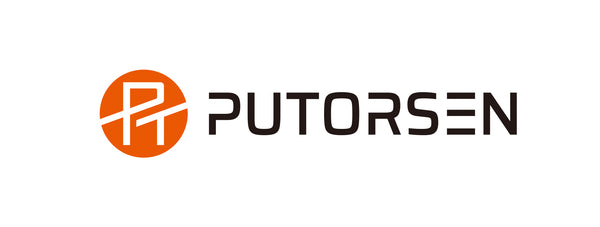In today’s fast-paced work environment, the phenomenon of prolonged sitting has become a significant concern. With the average office worker spending around 8 to 10 hours a day seated, the implications for health and productivity are staggering. Sedentary behavior is linked to a variety of health issues, including obesity, cardiovascular disease, and musculoskeletal disorders. These problems not only affect physical well-being but can also lead to decreased productivity and increased absenteeism.
One of the primary issues associated with long hours of sitting is poor posture. Many office workers find themselves slumped over their desks, straining their necks and backs. Over time, this can lead to chronic pain and discomfort, which not only affects personal health but also hampers work efficiency. In fact, studies have shown that discomfort can significantly lower concentration levels and overall job performance.
This is where ergonomic office supplies come into play. Ergonomics is the science of designing the workspace to fit the user’s needs, thereby reducing discomfort and improving overall well-being. By investing in ergonomic office furniture and tools, companies can create a healthier work environment that promotes better posture and reduces the risk of injury.
One of the most beneficial ergonomic products is the adjustable standing desk. Standing desks allow workers to alternate between sitting and standing throughout the day, which can help alleviate back pain and improve circulation. Research has indicated that using standing desks can lead to increased energy levels and higher productivity, as employees feel less lethargic and more engaged in their work.
Another essential ergonomic tool is the office chair. An ergonomic chair provides proper support for the lower back and encourages a healthy sitting posture. Features such as adjustable seat height, lumbar support, and armrests can be tailored to fit the individual user’s body, reducing strain on the spine and preventing discomfort.
Moreover, accessories like keyboard trays, mouse pads with wrist support, and monitor stands can also enhance workplace ergonomics. By positioning screens at eye level and keeping keyboards at a comfortable height, employees can avoid awkward wrist angles and neck strain. These small adjustments can lead to significant improvements in comfort and productivity.
In addition to physical benefits, ergonomic office supplies can contribute to a more positive work environment. Employees who feel comfortable and supported are more likely to be engaged and motivated. This can lead to higher job satisfaction and lower turnover rates, which are crucial for any organization aiming for long-term success.
Furthermore, companies that prioritize employee health through ergonomic solutions often see a reduction in healthcare costs associated with workplace injuries. By fostering a culture of wellness, organizations not only enhance employee well-being but also improve their bottom line.
In conclusion, the impacts of prolonged sitting in modern office environments cannot be ignored. However, by embracing ergonomic office supplies, businesses can mitigate these risks and create a healthier, more productive workspace. Investing in ergonomic furniture and tools is not just a trend; it’s a necessity for promoting well-being and ensuring the longevity of the workforce. As we continue to navigate the challenges of modern work, prioritizing ergonomics will undoubtedly lead to a happier and healthier workplace.

